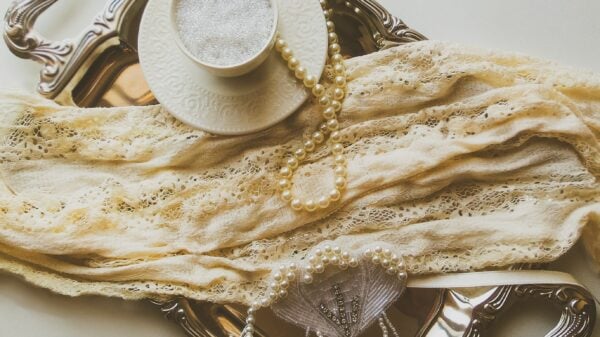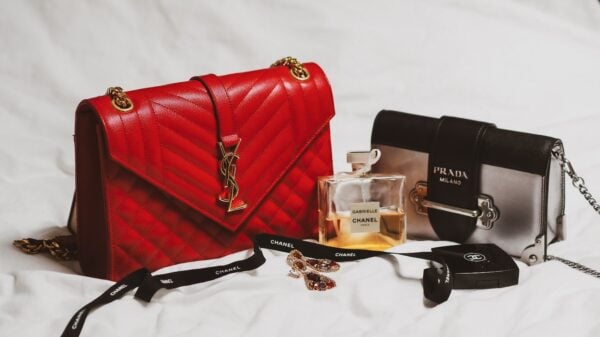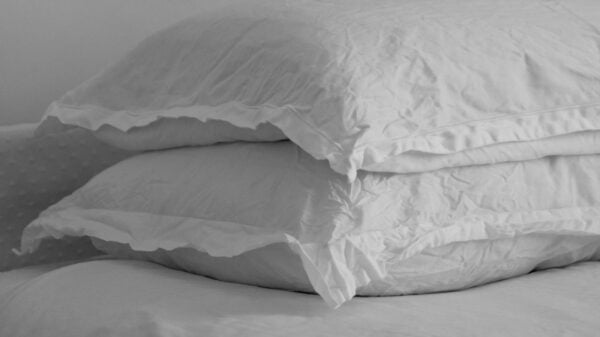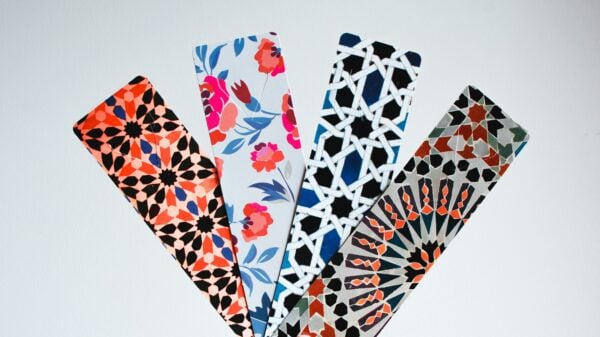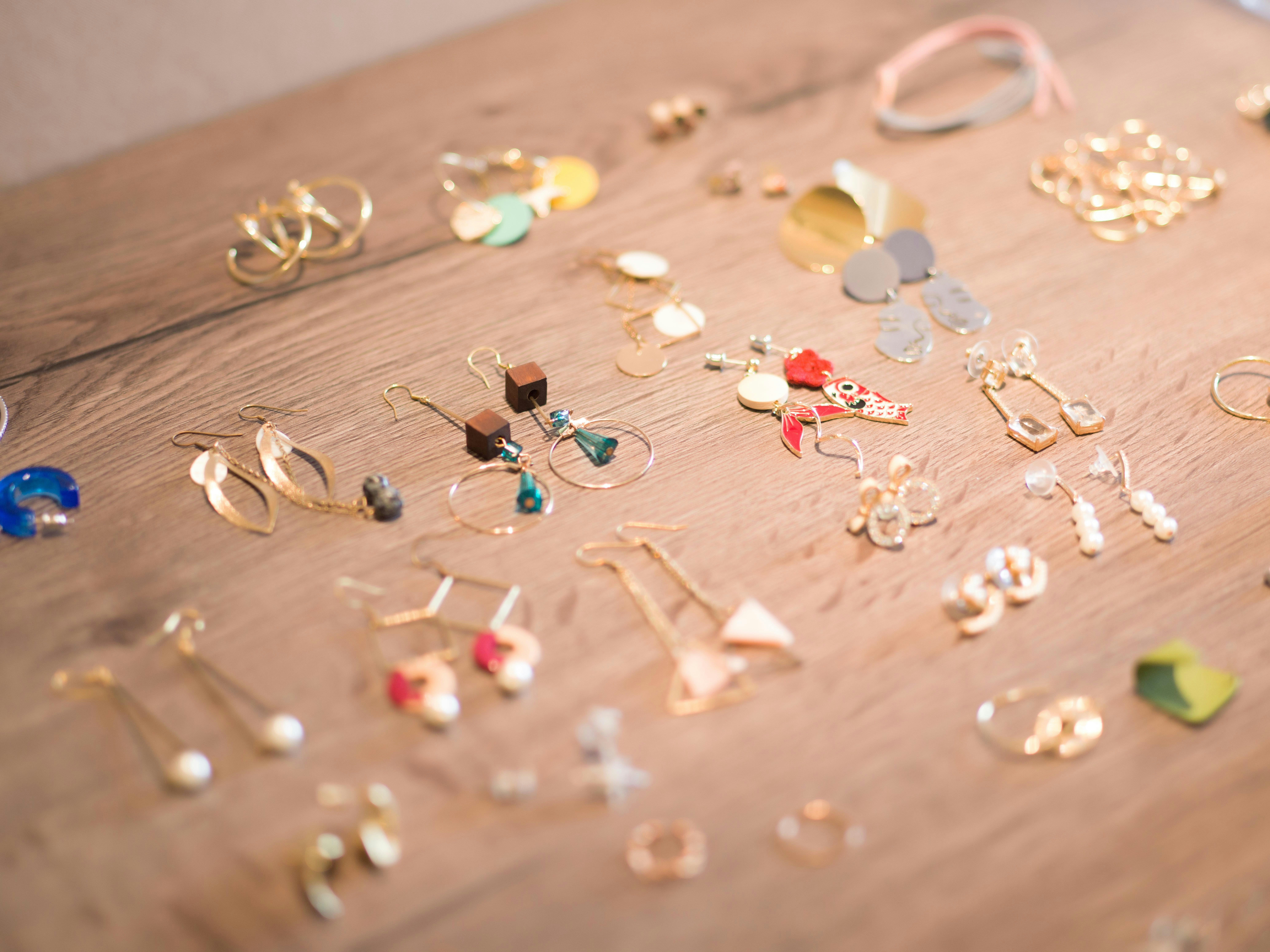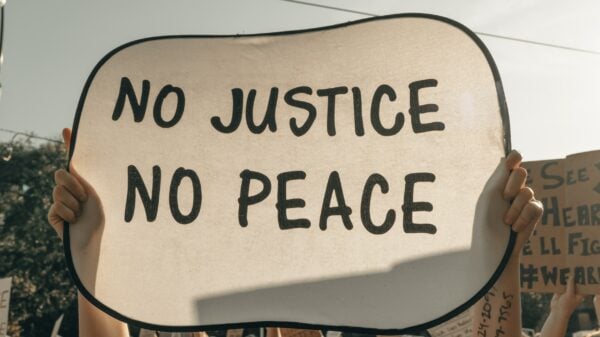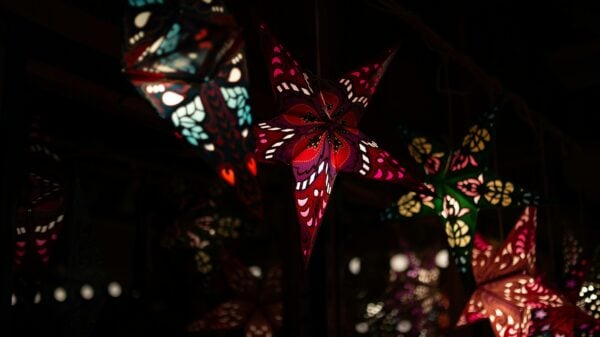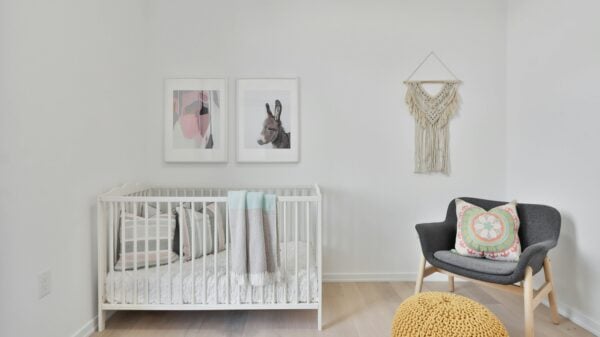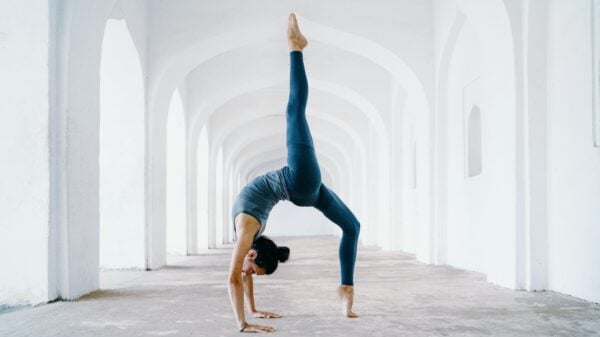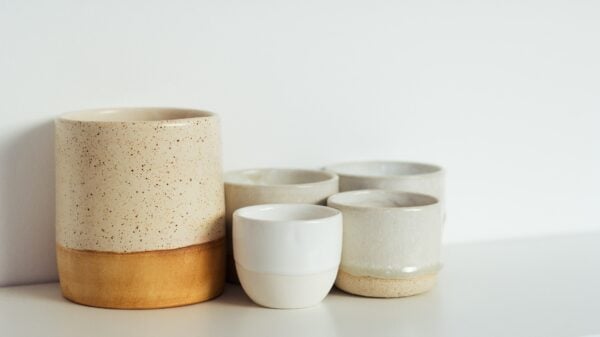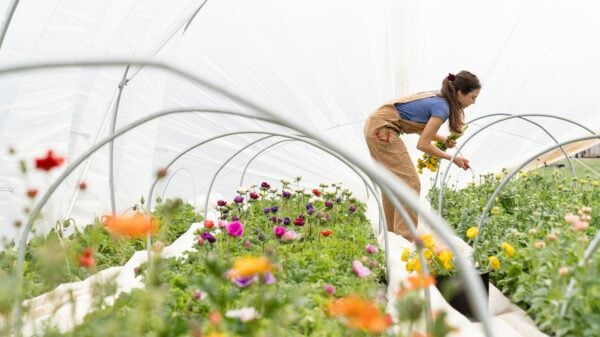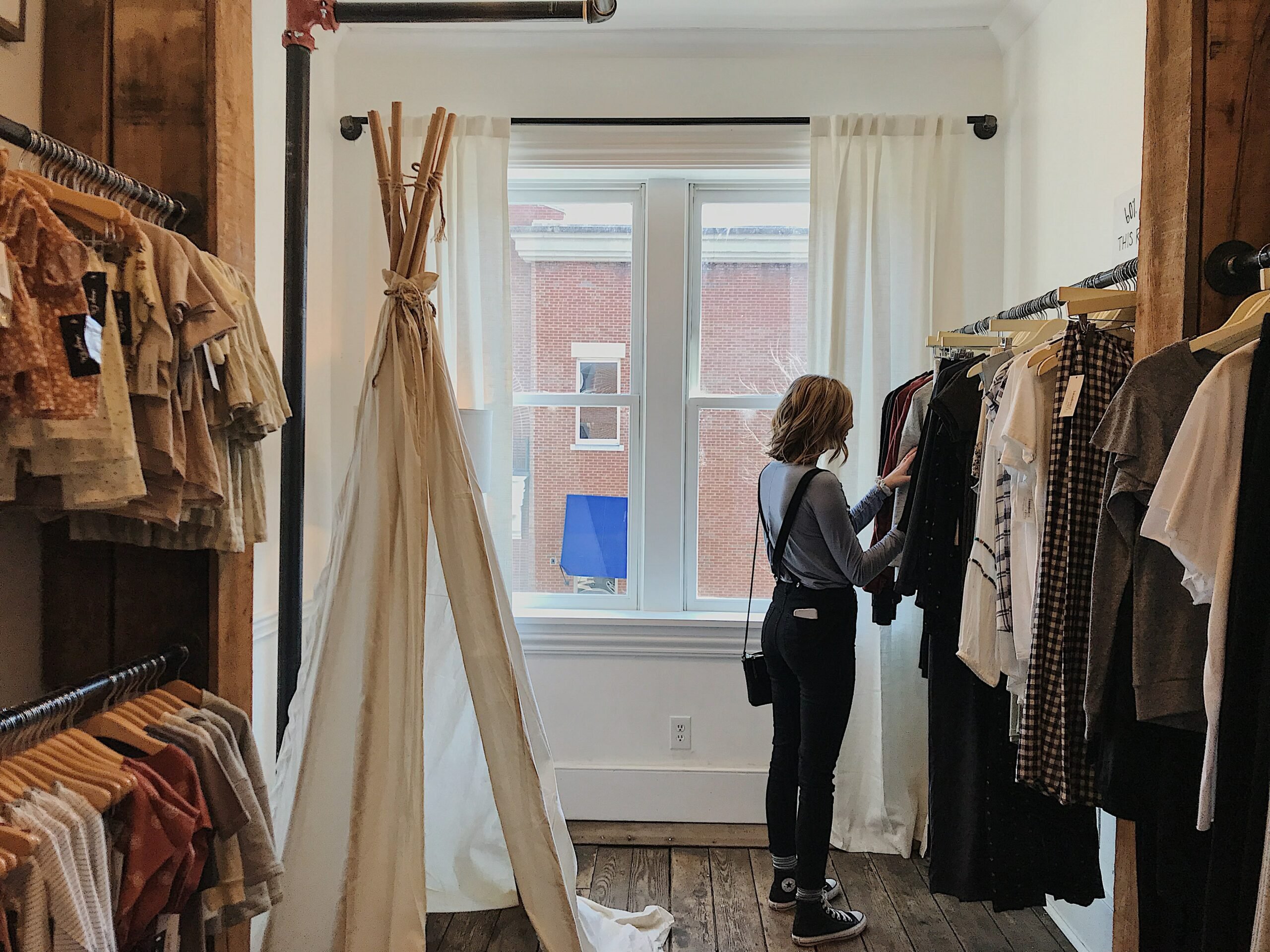Tired of clothes that fall apart after just a few wears? The fashion industry is the second-largest polluter in the world, but slow fashion offers a chic and eco-friendly alternative.
This blog post will guide you through embracing sustainable fashion, so you can build a wardrobe filled with long-lasting and timeless pieces. Discover the elegance of simplicity—keep reading!
Understanding Slow Fashion
Slow fashion is a movement that focuses on producing and consuming clothing in a more ethical and sustainable way. It encourages the use of quality, timeless pieces while avoiding the disposable nature of fast fashion.
Slow Fashion Definition
Slow fashion is a movement that values quality craftsmanship and timeless style over trends. It focuses on creating clothes that last and encourages buying less. Pieces are often made from sustainable materials, designed to be versatile, and crafted with care.
The idea is to invest in ethical clothing that doesn’t harm the environment or workers. Slow fashion promotes a minimalist wardrobe filled with pieces you love. This approach leads to more ecofriendly clothing choices, showing respect for our planet and its people.
Slow Fashion Principles
The principles of slow fashion involve mindful consumption and supporting sustainable brands. It’s about investing in quality clothing made from sustainable fabrics and embracing timeless elegance.
Slow fashion emphasizes conscious consumerism, encouraging wardrobe planning and tailoring for a personalized capsule wardrobe. This movement promotes ethical fashion choices, incorporating vintage pieces to reduce waste while supporting a more sustainable approach to dressing.
Moving on to “Incorporating Slow Fashion in Your Wardrobe” let’s explore practical ways to embrace slow fashion principles in your everyday style.
Key Differences from Fast Fashion
Fast fashion prioritizes quick production, low costs, and high turnover. In contrast, slow fashion focuses on quality, timeless designs, and sustainable practices. While fast fashion often leads to overconsumption and waste, slow fashion promotes mindful consumption and durability.
It emphasizes ethical manufacturing, fair wages for workers, and environmental responsibility. Unlike fast fashion’s trend-driven approach, slow fashion encourages investing in versatile pieces designed to last for years rather than seasons.
By choosing slow fashion over fast fashion, you contribute to a more sustainable future by reducing the negative impact on the environment while embracing a style that transcends fleeting trends.
Incorporating Slow Fashion in Your Wardrobe
Extend the life of your clothes by learning basic tailoring and alterations, allowing you to keep wearing them for years to come. Embrace mindful shopping habits that prioritize quality over quantity and seek out sustainable brands that align with your values.
Repair and Care for Your Clothes
Take time to inspect your clothes for loose threads or missing buttons. Make small repairs with a needle and thread to keep them looking fresh. For tough stains, gently hand wash or spot clean using a mild detergent.
Air dry your clothes to avoid shrinkage and extend their lifespan.
When storing, fold knits and hang delicate items to prevent stretching. Consider tailoring or alterations for ill-fitting pieces, ensuring they fit well and look flattering on you.
Mindful Shopping
When shopping for new clothes, consider the quality of the fabric and craftsmanship. Look for timeless pieces that can be worn in various ways and will last a long time. Pay attention to sustainable materials like organic cotton, linen, or recycled fabrics when choosing new items.
Check for ethical production practices and choose brands committed to fair labor standards.
Before making a purchase, ask yourself if the item aligns with your personal style and if it complements other pieces in your wardrobe. Avoid impulse buys and instead opt for well-considered purchases that you truly love and will wear frequently.
By being mindful of what we bring into our closets, we contribute to a more sustainable fashion industry.
Supporting Sustainable Brands
Support sustainable brands by choosing to invest in clothing from companies that prioritize ethical production and environmentally-friendly practices. Look for brands that use organic or recycled materials, support fair labor practices, and minimize their environmental impact.
By supporting these brands, you contribute to the growing movement of slow fashion and help create a more sustainable future for the fashion industry.
When making purchasing decisions, consider the values and practices of the brand behind the clothes. Seek out transparency in their supply chain, commitment to reducing waste, and efforts towards creating lasting pieces that align with your values.
Make informed choices that support sustainable brands dedicated to making a positive impact on people and the planet.
Transitioning to a Sustainable Wardrobe
To transition to a sustainable wardrobe, start by reassessing your current clothes. Look for timeless pieces that can be mixed and matched effortlessly. When shopping, prioritize quality over quantity and opt for versatile items that will last longer.
Support sustainable brands that use eco-friendly materials and ethical production practices. Repair and care for your clothes to extend their lifespan. Embrace vintage fashion or second-hand shopping as a way of reducing waste while adding unique pieces to your wardrobe.
By adopting these mindful practices, you can embrace the art of slow fashion while investing in quality pieces for timeless style.











